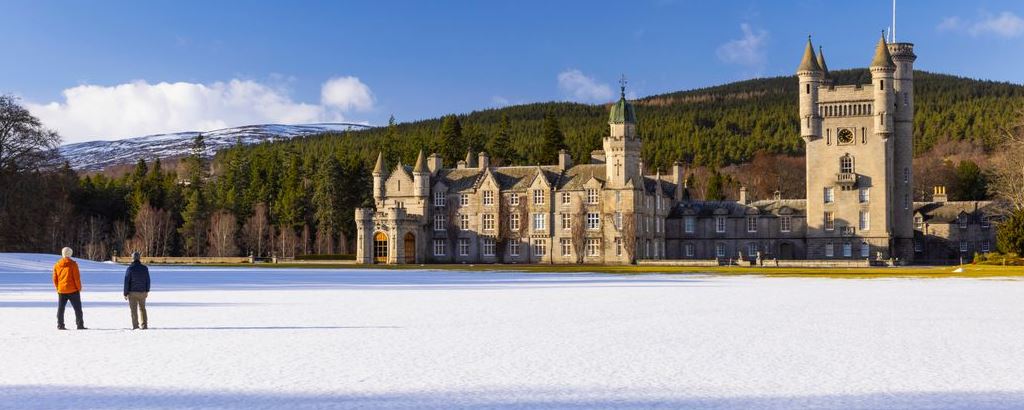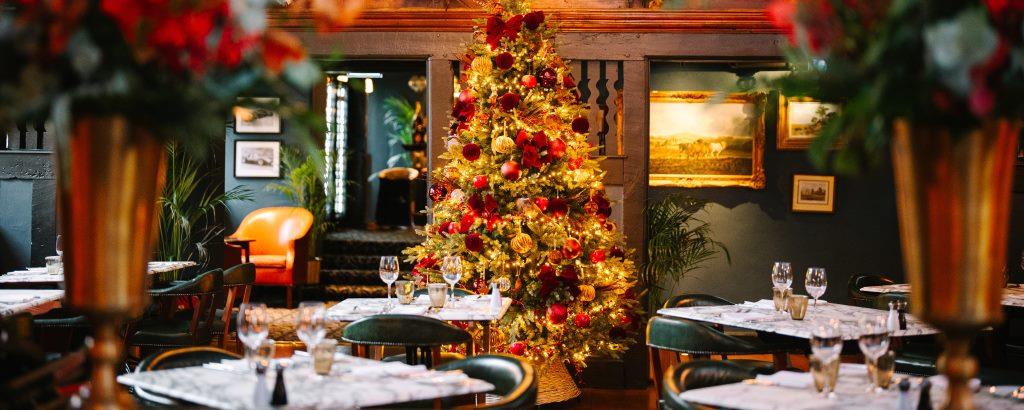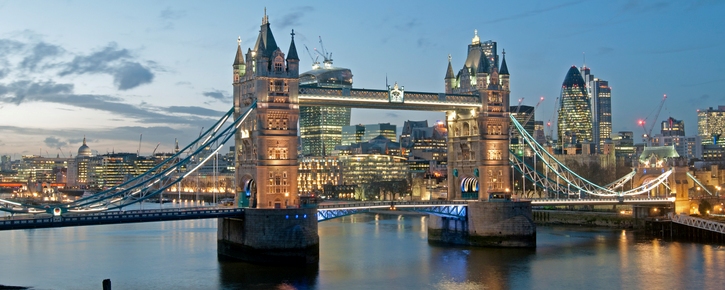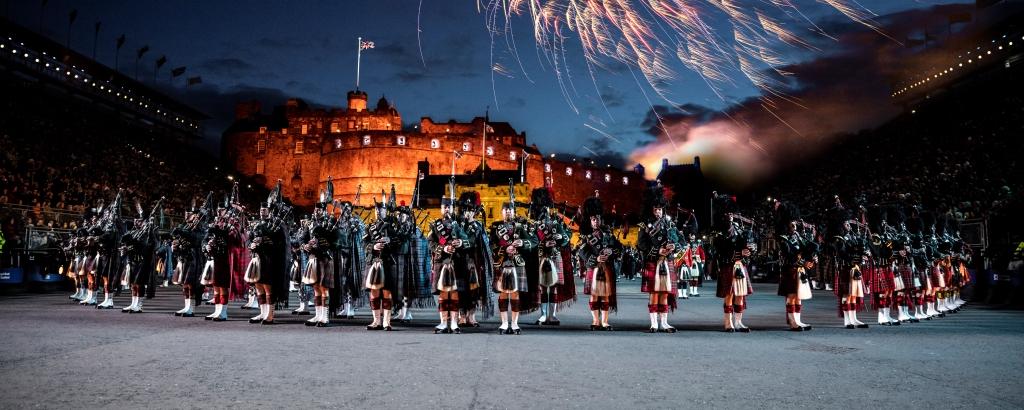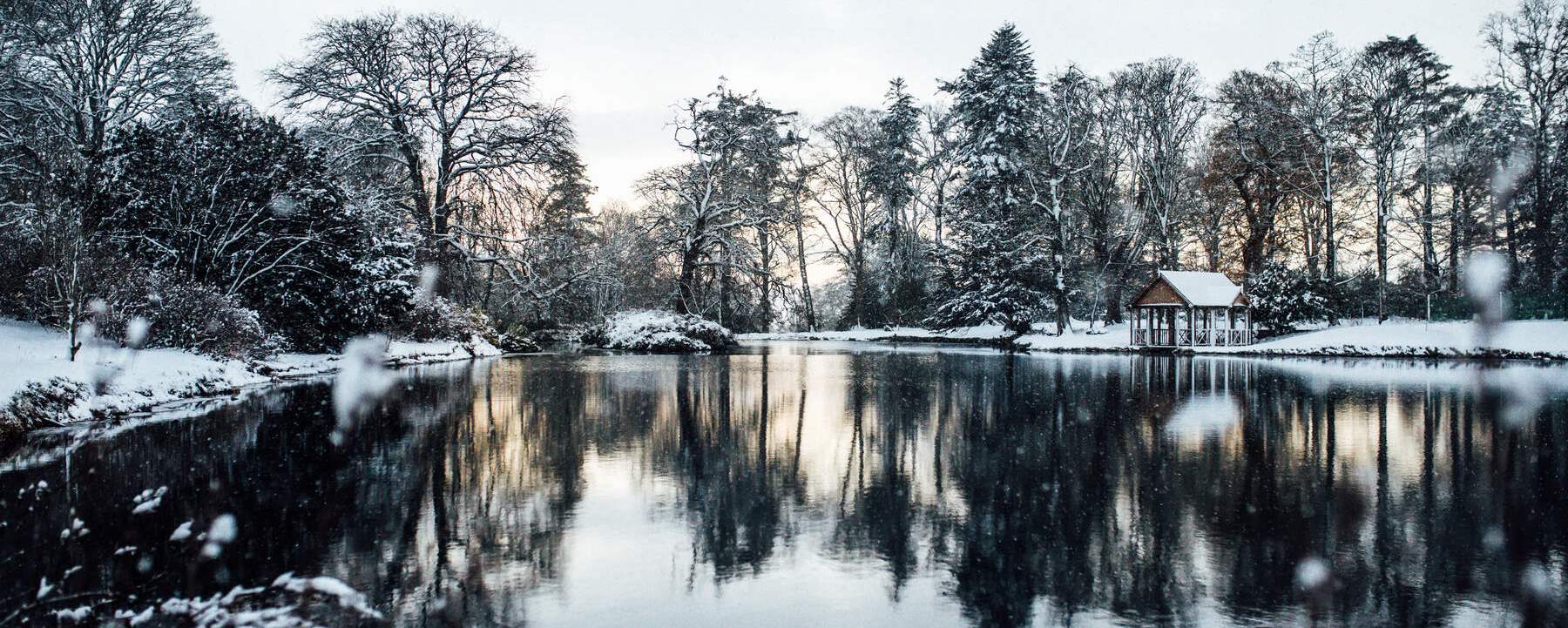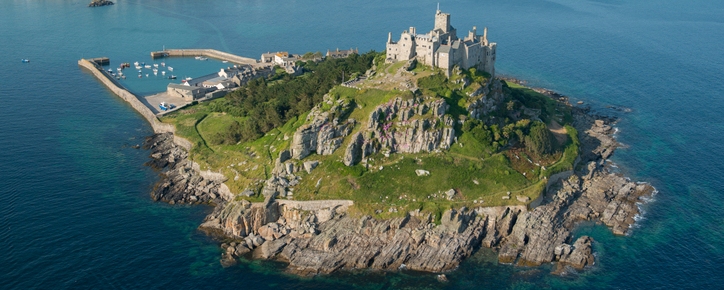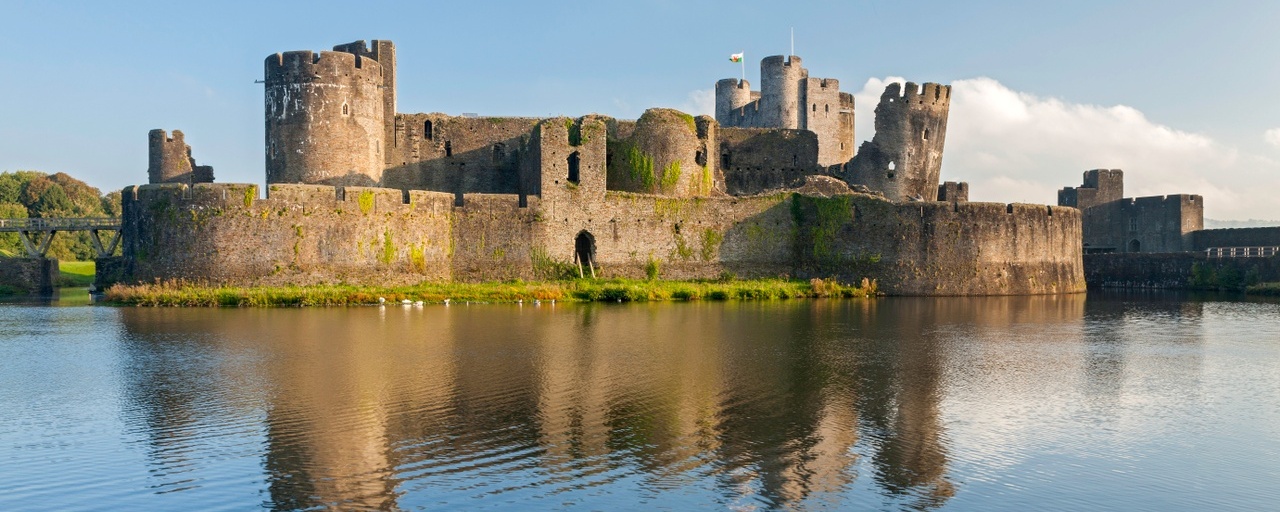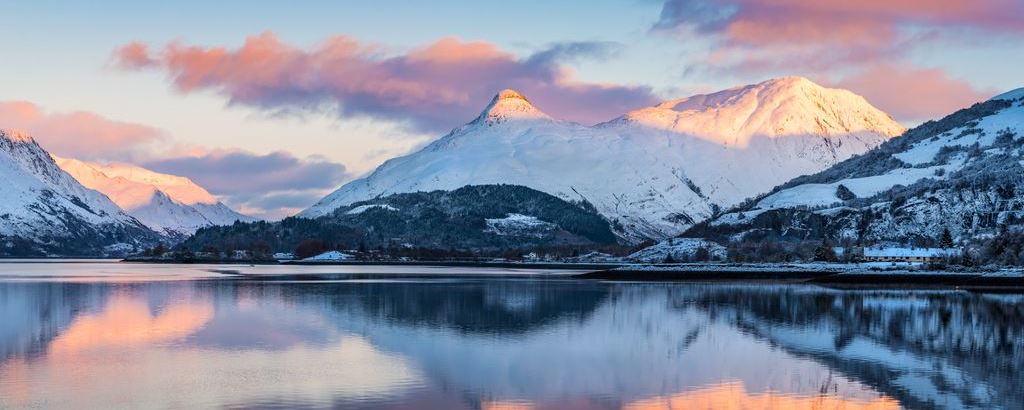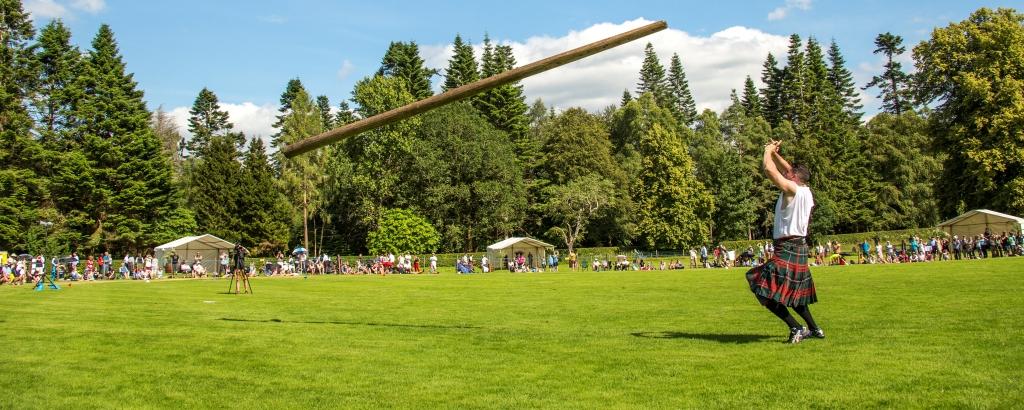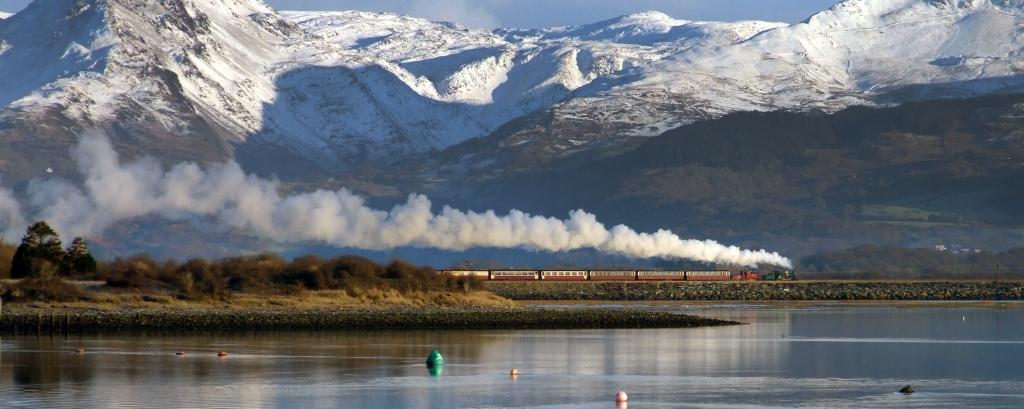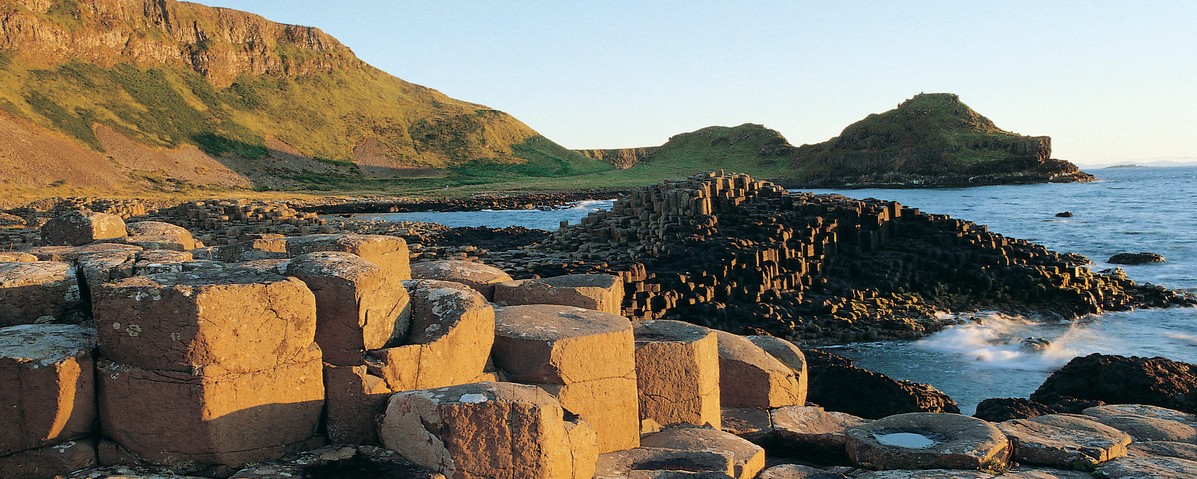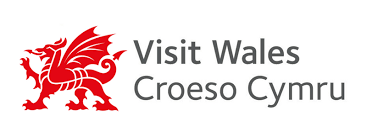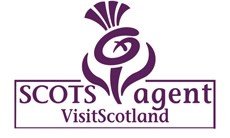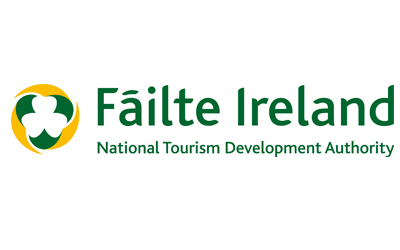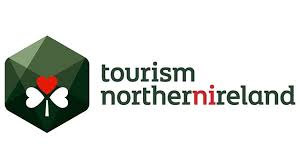Ireland's incredible islands
From Rathlin Island in the north to Cape Clear Island in the south, the coast of Ireland is dotted with magical islands. Here are our recommendations for some of those you really shouldn’t miss!
 Rathlin Island courtesy of Tourism Northern Ireland
Rathlin Island courtesy of Tourism Northern Ireland
Rathlin Island
Just a short boat trip from the Causeway Coast of Northern Ireland, rugged Rathlin Island is a magnet for birdwatchers and nature lovers alike. Head to Rathlin Seabird Centre to observe puffins, razorbills and kittiwakes. And although birds steal the show, colonies of seals lounge on the rocks, and visitors may even spot an Irish hare or minke whale.
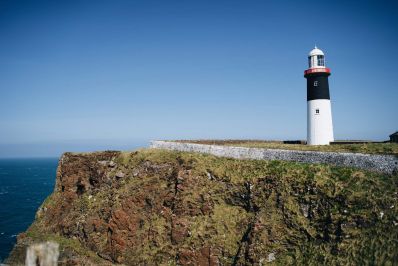 Rathlin East Lighthouse, Rathlin Island, courtesy of Tourism Northern Ireland
Rathlin East Lighthouse, Rathlin Island, courtesy of Tourism Northern Ireland
King Robert the Bruce of Scotland was exiled to Rathlin Island in the 14th century and it is here that he famously witnessed a spider's determination to repair its broken web, which inspired him to return and reclaim his throne. Even though the island is relatively small, its unusual shape means it is home to three different lighthouses, each with its own unique appeal. The East Lighthouse sits high above Robert the Bruce’s Cave; a paved track over craggy rocks leads to Rue Lighthouse, and the West Lighthouse is known as Ireland’s ‘upside down lighthouse’, as the light is built into the cliff face at the bottom of the tower!
Dalkey Island
Just a stone's throw from the centre of Dublin, delightful Dalkey Island is perfect for a day trip. This small uninhabited island offers an oasis of peace away from the hustle and bustle of the city. Dalkey Island is a designated nature reserve and a popular destination for bird watching. It forms part of the UNESCO Dublin Bay Biosphere Reserve. Reached by boat in just five minutes, the island is perfect for exploring on foot, with spectacular views of the surrounding coast.
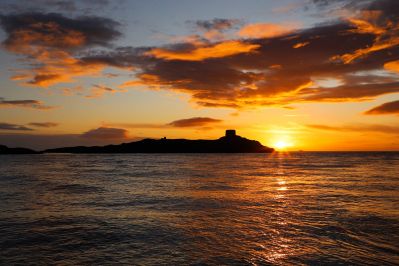 Sunrise, Dalkey Island, Co Dublin © Yvonne Gordon
Sunrise, Dalkey Island, Co Dublin © Yvonne Gordon
See the distinctive Martello tower and the imposing gun battery, both legacies of the Napoleonic Wars; visit the remains of St Begnet's church, and discover unique carved stone crosses dating back 1500 years. An important site of pilgrimage for centuries, there are two holy wells on the island. Seals inhabit the rocky shore, while rabbits and a small herd of goats now occupy the island.
Achill Island (Oileán Acaill)
The largest of Ireland's islands, Achill Island in County Mayo, on the Wild Atlantic Way, is connected to the mainland by bridge and can be easily reached from Newport and Westport. The spectacular Atlantic Drive is a 35-mile scenic route that starts in Mulranny, travels across Achill Sound and takes in the best of the island's scenery. There are plenty of opportunities to fish, surf, dive and kayak on Achill and there are a number of craft shops and art galleries to explore.
 Keel Beach, Achill Island, Co Mayo, courtesy of Failte Ireland
Keel Beach, Achill Island, Co Mayo, courtesy of Failte Ireland
Achill Island is home to a number of picture-postcard beaches, some of Europe's highest cliffs and large tracts of blanket bog sweeping over the island's two peaks and down to the shore. With a long history of human settlement, Achill is strewn with megalithic tombs and forts dating back 5,000 years. There is also a 15th century fortified tower house, Kildamhnait Castle, once home to legendary Pirate Queen Granuaile (Grace O'Malley), one of the most famous women in Irish history.
The Aran Islands
30 miles west of Galway Bay are the iconic Aran Islands – Inis Mór, Inis Meáin and Inis Oírr. Famed for their wild landscape, distinctive knitted jumpers and pretty cottages, the Irish-speaking Aran Islands never fail to impress. The three islands have maintained the culture and heritage of traditional Irish life and they continue to fascinate the thousands of visitors who make the journey every year.
 Inis Mór, Aran Islands, Co Galway © Chris Hill Photographic
Inis Mór, Aran Islands, Co Galway © Chris Hill Photographic
Images of the island are instantly recognisable due to the landscape, which is criss-crossed with stone walls, a traditional feature found in the west of Ireland. Having inspired countless writers, poets and artists over the centuries, many come to the Aran Islands on a retreat to connect with authentic and rural Ireland.
The Blasket Islands
The Blasket Islands is a small group of islands lying about three miles from the Dingle peninsula. Famous for its literature, scenery and wildlife, these islands are Ireland’s, and Europe’s, most westerly point. The islands are no longer inhabited, as they were abandoned in 1953 after years of hardship and emigration.
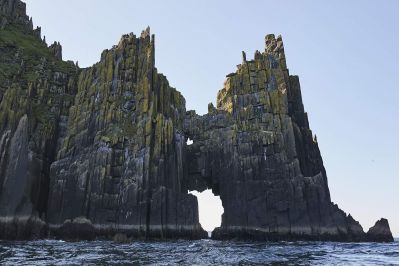 The Blasket Islands, Co. Kerry © Therese Ahern for Tourism Ireland
The Blasket Islands, Co. Kerry © Therese Ahern for Tourism Ireland
Ferries to Great Blasket Island, the largest of the islands, operate from several places on the Dingle Peninsula, with the ferry from Dunquin Harbour taking about 20 minutes (weather permitting). If you don’t manage to get to Great Blasket, you may wish to visit the Blasket Centre in Dunquin instead, to get an idea of the islanders’ lives and the important literary legacy of the area.
Skellig Michael
County Kerry’s Skellig Michael is the real life setting of Luke Skywalker’s Jedi retreat in Star Wars. The remarkable island is one of only two UNESCO World Heritage Sites in the Republic of Ireland. On the summit of this awe-inspiring rock is sixth century St Fionan’s monastery, which can be reached by climbing 618 steep steps. The monks who lived on the island prayed and slept in beehive-shaped huts made of stone, many of which remain to this day.
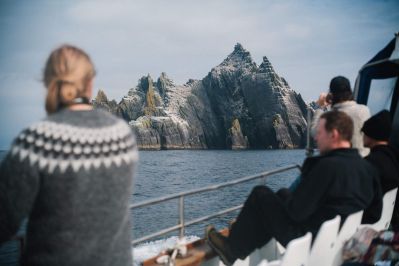 Skellig Michael, Skellig Coast Adventures, courtesy of Failte Ireland
Skellig Michael, Skellig Coast Adventures, courtesy of Failte Ireland
As well as the wealth of history, there is a profusion of bird life on and around the island. Little Skellig nearby is the second-largest gannet colony in the world. Just eight miles off the coast, the islands can be reached from Portmagee in County Kerry. Access to Skellig Michael is seasonal and weather permitting. The adventurous can land on the island, whereas many enjoy seeing it close up from a trip boat.
Garnish Island
Garnish Island, also known as Illnacullin, is a tiny island in Bantry Bay, which can be reached by boat from Glengarrif in just 15 minutes. Famous for its beautiful gardens, the island once belonged to the Bryce family, who designed the gardens according to the plans of landscape architect Harold Peto.
 Italian Garden, Garnish Island © Chris Hill Photographic
Italian Garden, Garnish Island © Chris Hill Photographic
Across the 37-acre island, there’s an enchanting mix of manicured gardens and natural rocky landscape. Highlights include the Italian Garden, with its sunken ornate pool, and the Grecian Temple with views of West Cork’s Caha Mountains. Springtime brings the blooms of rhododendrons and azaleas, whereas in summer there are the bright colours of exotic plants from countries such as New Zealand and Chile, which thrive in this area’s micro-climate. There’s nowhere else like it in Ireland!
Cape Clear Island
Eight miles off the coast of County Cork, Cape Clear Island is the southernmost inhabited part of Ireland, famed for its pristine landscape and friendly atmosphere. An area of outstanding natural beauty, Cape Clear Island is a haven for native Irish flora and fauna. Surrounded by crystal clear waters, visitors can hire a kayak to explore the island’s sea caves, or take a boat trip to see marine wildlife, including dolphins, whales, basking sharks and seals.
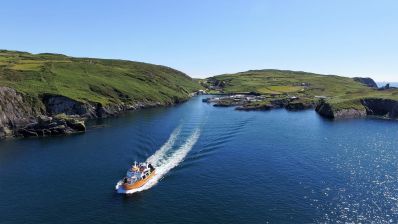 Cape Clear Island, Co Cork, courtesy Frank Tormey
Cape Clear Island, Co Cork, courtesy Frank Tormey
Cape Clear Island is also famous for its international story-telling festival, which takes place each September. Originally founded in 1994 to keep the Irish tradition of storytelling alive, the festival is now world renowned for showcasing top class storytelling. Cape Clear’s neighbour, the famous Fastnet Rock and lighthouse, is to the west, the beam of its light at night once a vital reassurance to sailors.
 Fastnet Lighthouse, courtesy Failte Ireland
Fastnet Lighthouse, courtesy Failte Ireland
If you or your group would like to enjoy a visit to one or more of these incredible islands on a tailor-made tour of Ireland, please do contact our friendly team today.
